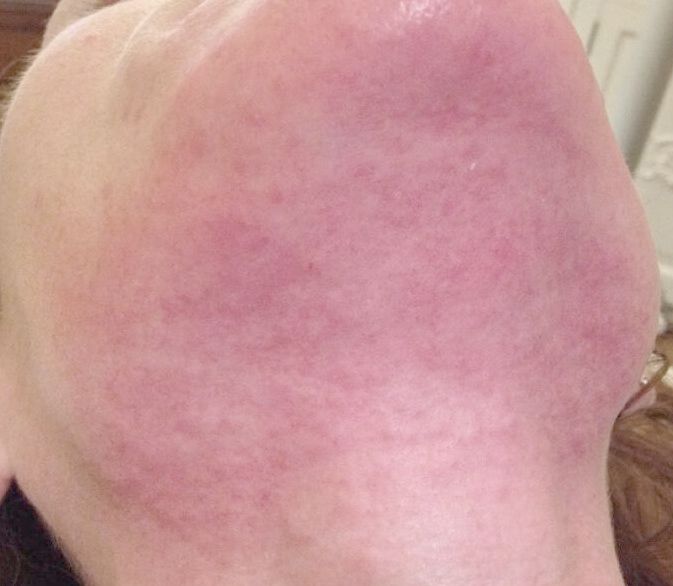A lesson in patience
PCOS case:
Before first session. Start date: 6/12/2013.

First full clearance was obtained July 10, 2013.
First Clearance took 6 hours and 26 minutes and required 3,941 insertions.
2 Clearance obtained November 1, 2013
12 hours and 47 minutes so far
7,975 insertions total to date
#3 Clearance obtained November 15, 2013
14 hours and 14 minutes to date
8,767 insertions to date
#4 Clearance obtained December 20, 2013
15 hours and 31 minutes invested so far
9,482 insertions accomplished so far
Here are her pictures before the 4th clearance:


Immediately after 4th Clearance. Tea tree oil and cold aloe vera gel was applied. Totally cleared in 77 minutes for the 4th clearance.
Picture with auto- enhancer enabled:

Same pose with auto enhancer disabled on the IPhone

15 hours 31 minutes invested to date
9,482 insertions accomplished
Amount spent to date: $1,163.75
I will do another clearance in one month. Things are getting easier for her. She cried many tears in the beginning, but she now knows that much good has been accomplished in the last 6 months. The next 6 months will be easier and will show a 95% removal result. A few months after that, she will be finished.
This is what I mean when I constantly say that you have got to be patient. Electrolysis works, but with all honesty, the first six months are not easy.

